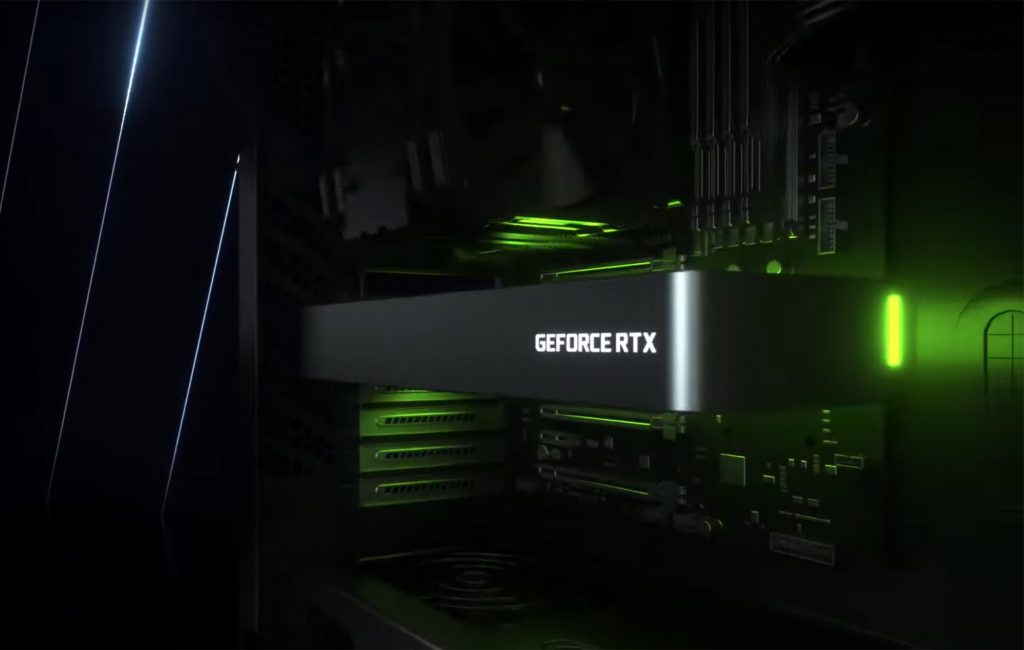GPU virtualisation is officially exclusive to some Nvidia data centre and professional graphics cards, but a group of modders have been working on changing that. Through some tweaking, developers have managed to enable GPU virtualisation on GeForce and Quadro graphics cards.
Nvidia GeForce gaming graphics cards have always had the hardware requirements for GPU virtualisation, but Nvidia has kept the feature locked down to specific units through its driver software. Modders have now found a way to get around this, enabling GPU virtualisation on GeForce and Quadro GPUs.
For those unaware of GPU virtualisation, it's the ability to divide a GPU into multiple virtual parts (vGPUs), allowing various users to use the GPU simultaneously. This feature comes in handy in situations where someone has a workstation equipped with, for example, an RTX A8000. Instead of assigning that workstation to a single user, GPU virtualisation would allow better use of resources by virtualising into multiple vGPUs for distinct users.
Broadly explained, for GPU virtualisation to work on GeForce graphics cards, you just have to replace the device ID with another that natively supports the feature. There are a few requirements for the bypass to work, including having python 3 installed with the “frida” package, DKMS, and the Nvidia GRID GPU driver. As for the supported graphics cards, any card sharing the same physical chip as a Tesla works. Those interested can find the project on Github.
Discuss on our Facebook page, HERE.
KitGuru says: Most consumers won't need this type of feature, but this is still an interesting development regardless. Have any of you used GPU virtualisation before? Are you interested in trying it out on a GeForce GPU for the first time?
 KitGuru KitGuru.net – Tech News | Hardware News | Hardware Reviews | IOS | Mobile | Gaming | Graphics Cards
KitGuru KitGuru.net – Tech News | Hardware News | Hardware Reviews | IOS | Mobile | Gaming | Graphics Cards



